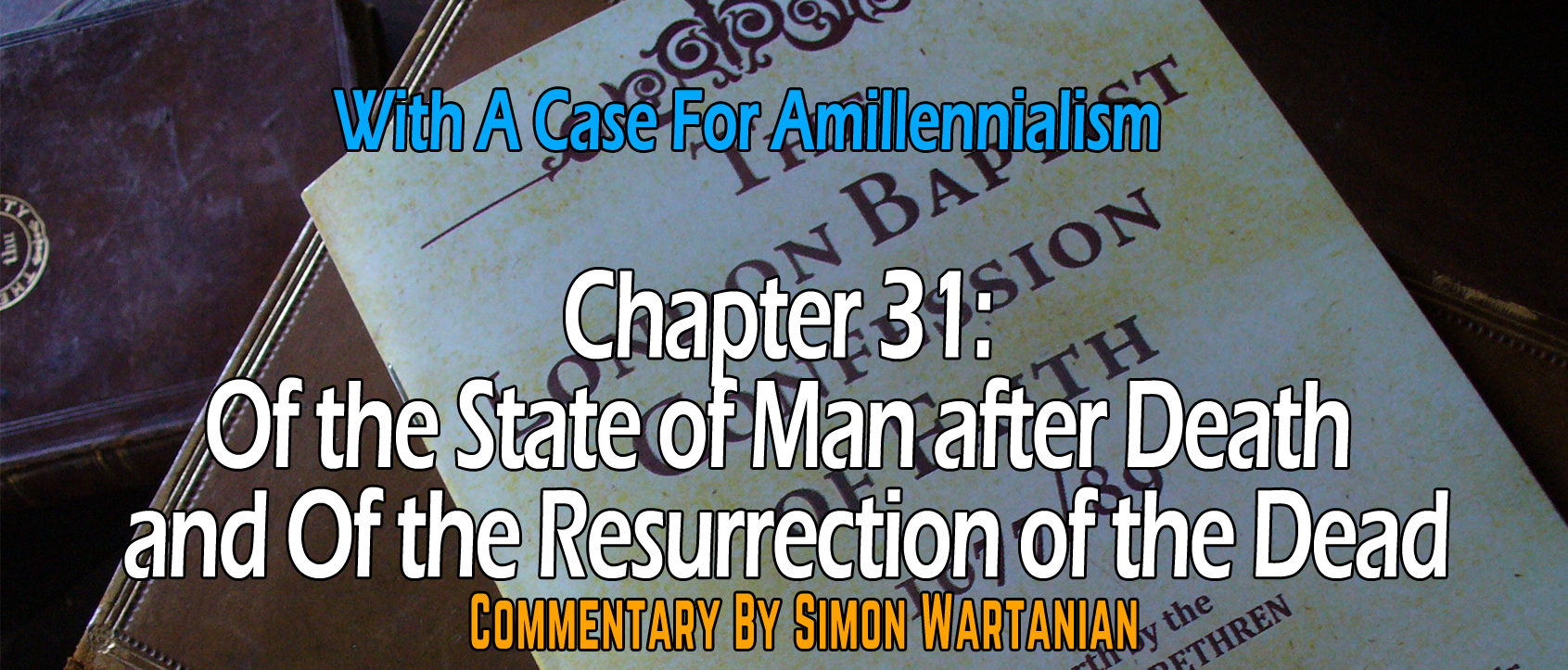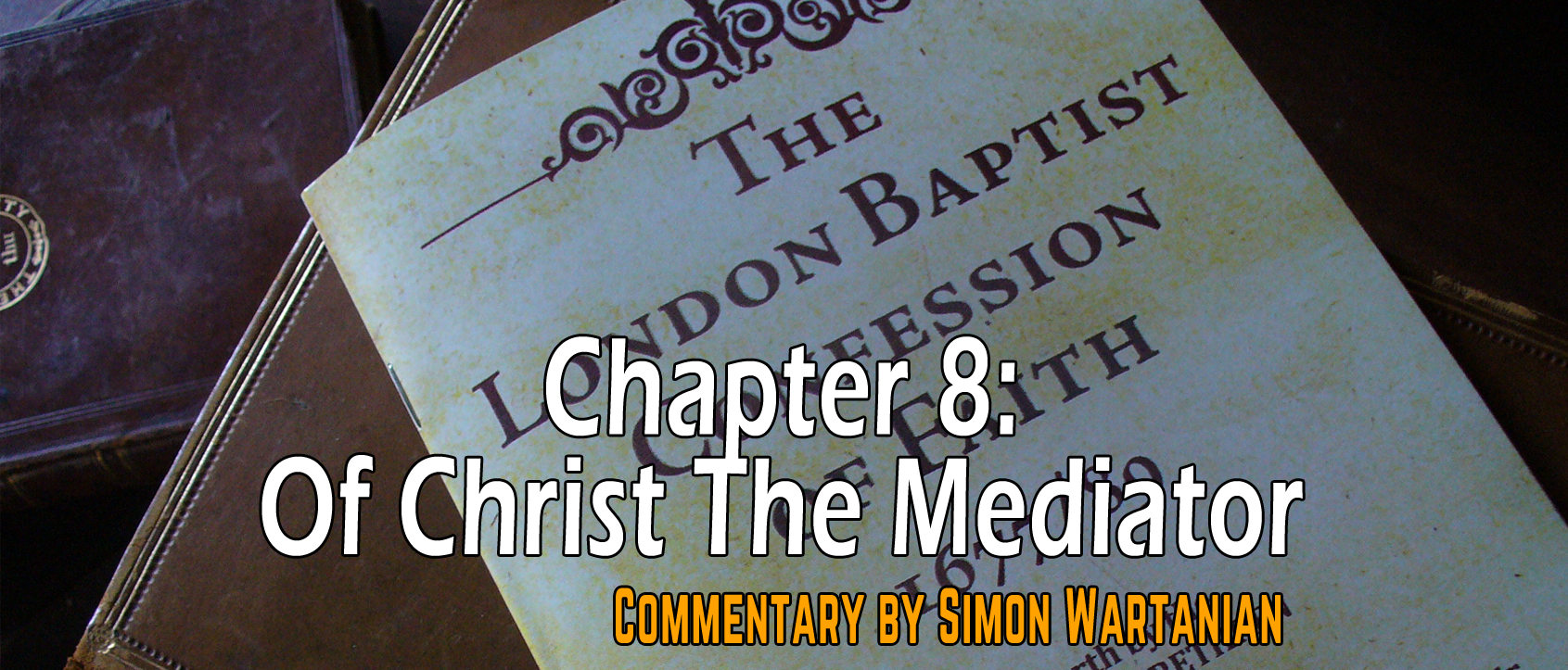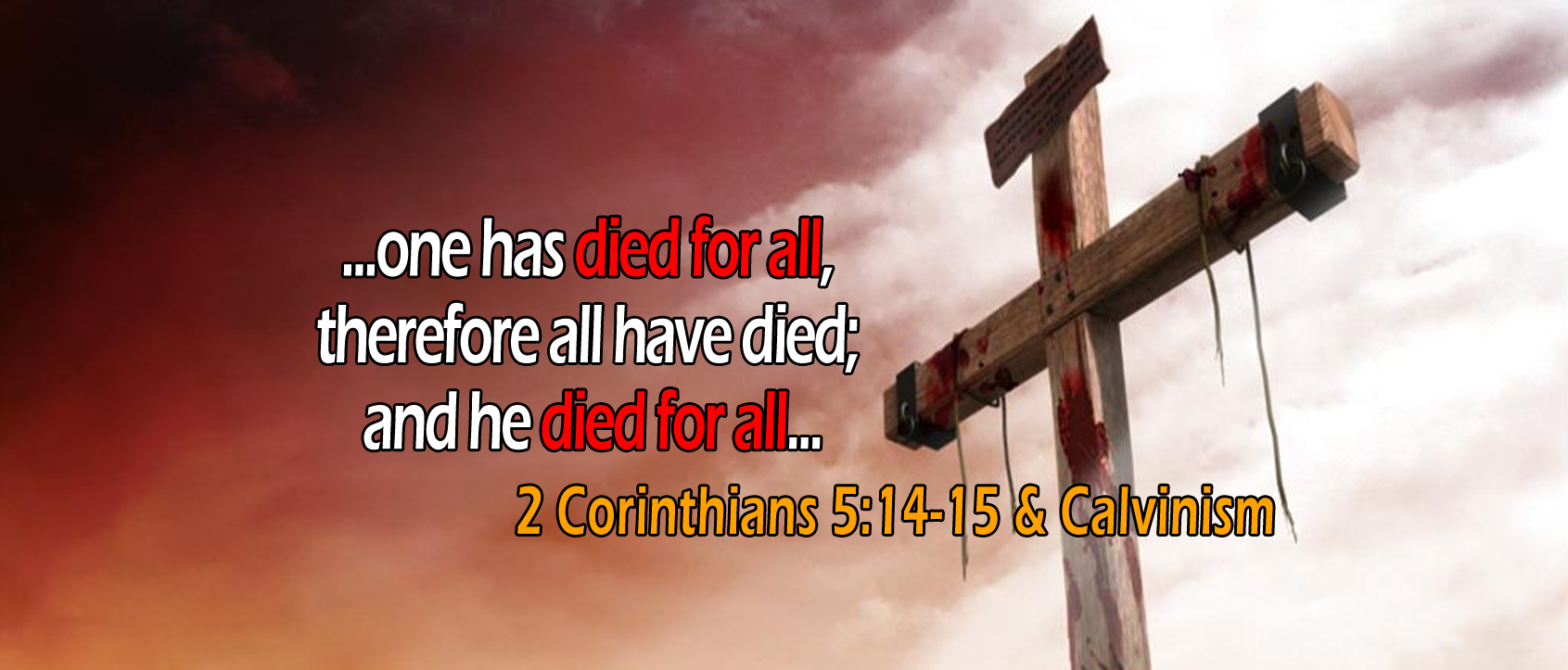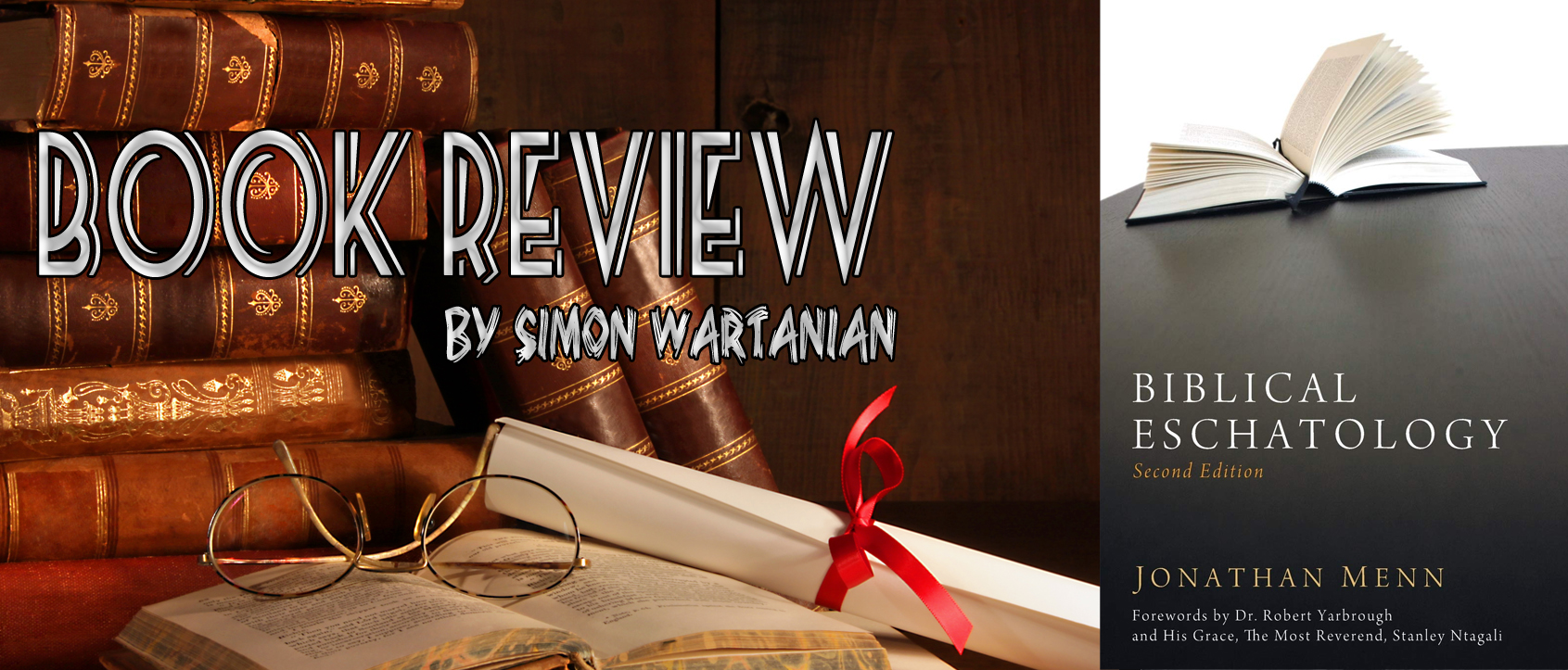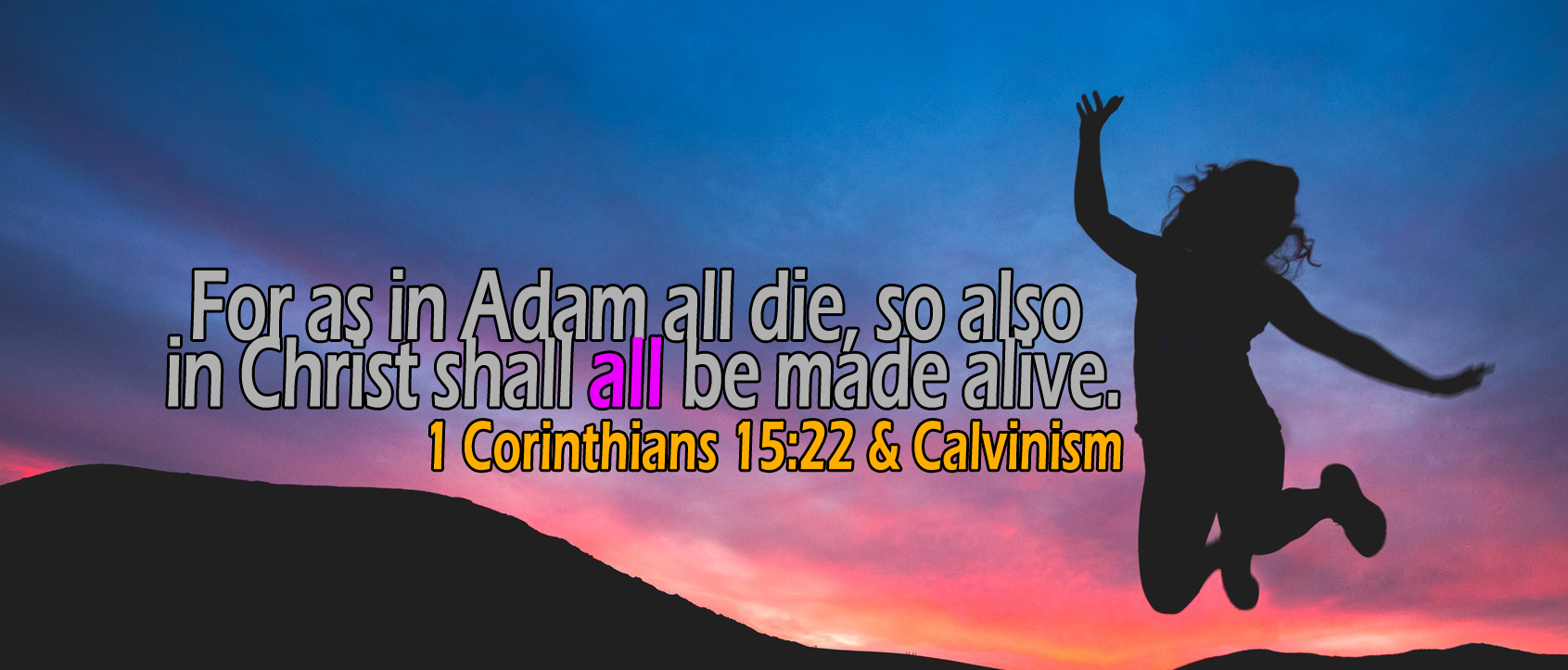It seems as if Paul is intentionally stressing the obviousness and loudness of this glorious event. There can be here no idea of the Rapture being secret or people wondering what just happened and the world then going on for at least 1007 years. In 1 Corinthians 15 Paul addresses the Rapture again, but in more detail, therefore, let us turn there.
1 Corinthians 15
Let us begin in 1 Corinthians 15:22-28. Paul explains that as Adam was a covenantal head and when he disobeyed God all who were represented by him died, so in the same way, as Christ is head of the New Covenant, all the elect of God will be made alive in Him (see here). As all Christians will be made alive in Christ, yet there is an order of how this will be done. First was the resurrection of Christ, then the resurrection of all Christians. This resurrection takes place “at his coming [ἐν τῇ παρουσίᾳ, en te parousia]” as Paul said in 1 Thessalonians 4:16-17 (also using the word parousia), but as this takes place, Paul says, “then comes the end” (1 Cor. 15:24). This is a very different paradigm of the last things than what Dispensationalists tell us. After the Rapture, according to Dispensational eschatology, there will be the time of Tribulation, which will last for the seven years which correspond to Daniel’s seventieth week, and the Millennium, which is a literal thousand year earthly kingdom in which Christ will rule from Jerusalem. Yet Paul says that after the Parousia of Christ and the resurrection, “Then comes the end”. The “end” will come when Christ has destroyed all His enemies, including the last enemy and when He delivers His Kingdom to God the Father (1 Cor. 15:24-28). This is likewise contrary to the Dispensational idea of the Rapture and of the Second Coming of Christ. The end is described to happen at the Parousia of Christ, before which time He was ruling in the midst of His enemies (Ps. 110:2) and at His coming, He had fully destroyed them and put them under His holy feet. But Dispensationalists argue that Christ will really rule as King in the Millennium and then He will subdue His enemies, and only at the end of the Millennium Death will be destroyed. But as we move further in the passage, particularly from v. 35, Paul will give more detail about the resurrection body which Christians will receive at Christ’s Parousia. This is also the time for the resurrection of unbelievers, but their resurrection is to dishonor and judgment. We will come to that point below.
The resurrection body which Christians will receive at the Parousia of Christ will be as follows (1 Cor. 15:42-46):
| What we had | What we will have |
|---|---|
| Perishable body | Imperishable body |
| Dishonorable body | Glorious body |
| Weak body | Powerful body |
| Natural body | Spiritual body |
By speaking of a spiritual body, Paul is not saying that the resurrection is non-physical, but rather that the body will be led and controlled by the Holy Spirit, and not by the corrupt and sinful nature. Whether he is speaking of natural or spiritual, Paul is speaking of a body. At the resurrection, we will bear the complete and perfect image of “the man of heaven” (1 Cor. 15:49), even our Lord Jesus Christ. The perfect image of God will be restored and renewed in the redeemed humanity. Thus far Paul spoke of believers who were dead and who will come back with Christ (1 ...
